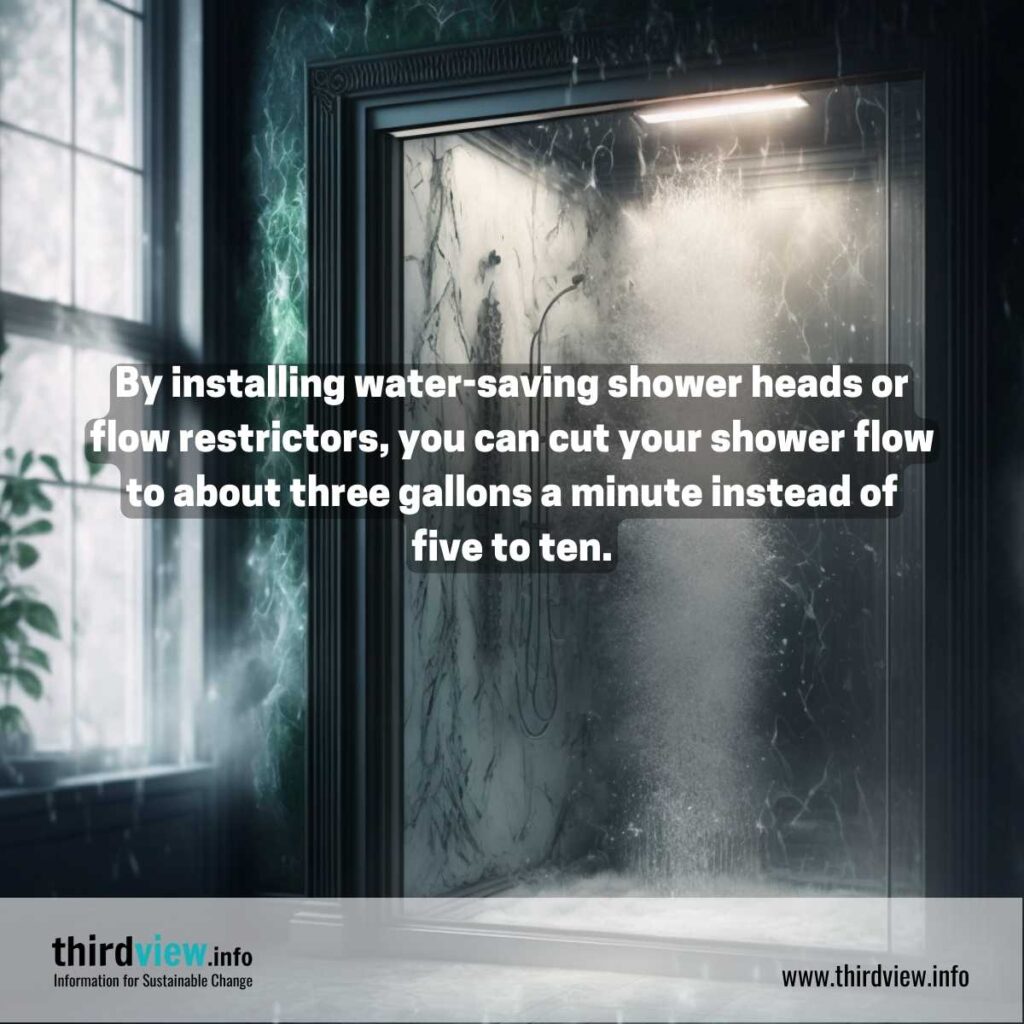The 8-Minute Rule for Reclaim Waste
The 8-Minute Rule for Reclaim Waste
Blog Article
The Single Strategy To Use For Reclaim Waste
Table of ContentsHow Reclaim Waste can Save You Time, Stress, and Money.The smart Trick of Reclaim Waste That Nobody is DiscussingThe 10-Minute Rule for Reclaim WasteA Biased View of Reclaim WasteSome Known Incorrect Statements About Reclaim Waste
Domestic sewage waste refers to the waste and products from a property septic container. The correct management and disposal of domestic sewage waste require fluid waste to be transferred to a sewer therapy plant where the proper methods and tools are applied to purify and dispose of waste.
Commercial waste commonly consists of possible risks, such as combustible materials or a mix of liquid and strong waste products, and calls for a more innovative and in-depth disposal process. The disposal of industrial waste generally entails the filtration of waste prior to transportation to guarantee safe and correct disposal. Hazardous waste is created from byproducts and drainage of industrial processes and manufacturing.
This type of waste can not make use of the same sewage management transport or processes as septic or commercial fluids. The hazardous waste administration process needs the inspection and screening of fluid waste prior to it undertakes the disposal process (liquid waste disposal). Drainage waste is the fluid waste that originates from runoff and excess stormwater in highly populated areas or cities
Runoff waste can trigger contamination and flooding if not handled effectively. Making sure appropriate waste administration can stop catastrophes and decrease ecological damage.
Some Known Factual Statements About Reclaim Waste
Contact PROS Services today to discover about our waste management and disposal services and the appropriate means to take care of the fluid waste you produce.
(https://soundcloud.com/reclaimwaste1)Do you understand what occurs to your water when you end, purge the toilet or drain pipes the washing machine? No? Well, it deserves knowing. This supposed 'wastewater' is not only an important source however, after treatment, will certainly be released to our land, waterways or the sea. Used water from commodes, showers, bathrooms, kitchen area sinks, washings and commercial processes is referred to as wastewater.

water used to cool equipment or clean plant and tools). Stormwater, a form of wastewater, is drainage that streams from farming and metropolitan locations such as roof coverings, parks, gardens, roadways, paths and gutters into stormwater drains, after rainfall. Stormwater streams untreated straight to local creeks or rivers, at some point reaching the ocean.
More About Reclaim Waste
In Queensland, many wastewater is treated at sewage treatment plants. Wastewater is transferred from domestic or industrial websites Learn More with a system of sewage systems and pump terminals, referred to as sewage reticulation, to a sewer therapy plant. Neighborhood governments build, maintain and operate most sewage treatment plants. Operators are licensed under the Environmental Management Act 1994 to release cured wastewater at an appropriate ecological standard right into rivers.
The Department of Natural Resources encourages regional governments regarding managing, operating and keeping sewage systems and therapy plants. In unsewered areas, city governments might need homeowners to install specific or house sewer treatment systems to treat residential wastewater from commodes, cooking areas, washrooms and washings. The Division of Natural Resources authorises the usage of house systems when they are confirmed to be reliable.
In some brand-new neighborhoods, therapy of some stormwater to remove clutter, sand and gravel has actually begun making use of gross pollutant catches. Wastewater therapy happens in 4 stages: Gets rid of solid matter.
Uses little living microorganisms knows as micro-organisms to damage down and get rid of remaining dissolved wastes and great fragments. Micro-organisms and wastes are incorporated in the sludge.
Everything about Reclaim Waste
Nutrient removal is not readily available at all sewer therapy plants because it needs expensive specialized devices. It is becoming much more usual in Queensland. Clear liquid effluent created after treatment may still contain disease-causing micro-organisms. If this effluent is released right into rivers such as rivers or the sea, the micro-organisms will ultimately die out.

A lot of wastewater flows right into the sewerage system. Under the Act, local federal governments carry out authorizations and licences for environmentally pertinent activities (Periods) involving wastewater launches that might have a neighborhood impact.
Rumored Buzz on Reclaim Waste
Otherwise, examples are considered lab evaluation. Frequently lots of examinations are needed to develop the levels of each of the different toxins such as oils, hefty metals and pesticides in water. Monitoring supplies valid information about water high quality and can verify that permit problems are being fulfilled. The information obtained through tracking supplies the basis for making water top quality choices.
Report this page